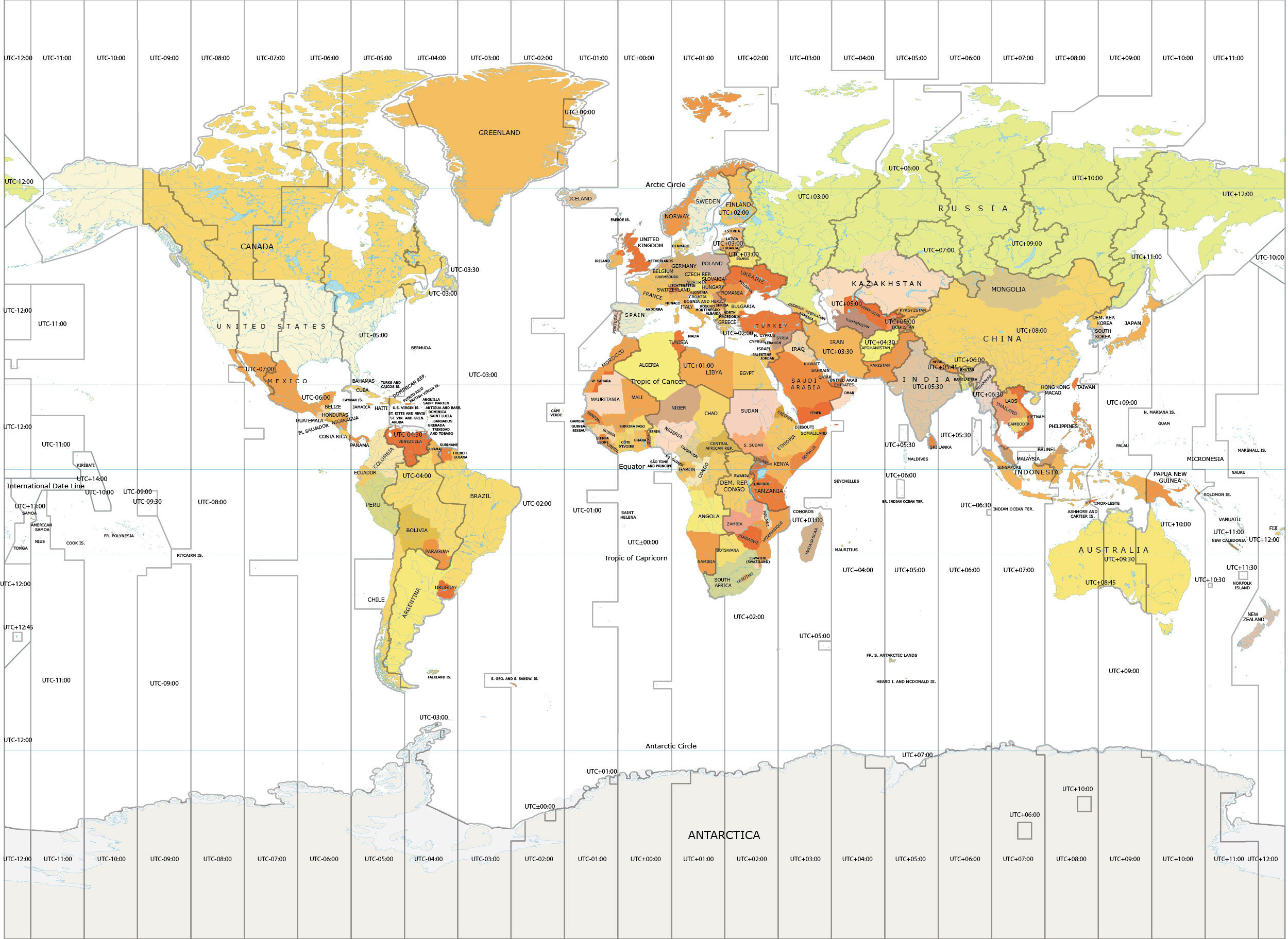
Daylight Saving Time has been a topic of debate since its inception. It is worth examining whether this practice still makes sense in our modern world, especially considering the complexities of time zones.
The Origins of Daylight Saving Time
They say Day Saving Time is a way to make better use of daylight during the longer days of summer. The idea was that by shifting the clock forward, people could enjoy more daylight in the evenings, which could lead to energy savings and increased productivity. However, the rationale behind Day Saving Time has evolved, and many now question its effectiveness.

The Complexity of Time Zones
Time zones themselves are a human invention to standardize time across different regions. However, they are not static; they change frequently due to political decisions, geographical considerations, and even social preferences. For instance, the Pacific/Apia time zone underwent a dramatic shift in 2011, skipping an entire day to align better with its trading partners. This fluidity complicates the implementation of Day Saving Time, as the rules governing time changes can vary significantly from one region to another.

The Challenges of Daylight Saving Time
Inconsistent Rules
The rules governing when Day Saving Time starts and ends can differ not only between countries but also within regions of the same country. For example, in the United States, the start and end dates have changed multiple times over the years, leading to confusion and inconsistency.
Human Impact
The biannual clock changes can disrupt sleep patterns and health issues, including increased rates of heart attacks and accidents immediately following the time change. This raises the question of whether the benefits of Day Saving Time outweigh its drawbacks.
Technological Advancements
With the rise of technology, the original reasons for implementing Day Saving Time—primarily energy-conservative challenges more and more. Many studies suggest that energy savings are minimal or negligible in today’s context, where energy consumption patterns have shifted dramatically.
Is Daylight Saving Time Outdated?
Given the complexities and inconsistencies associated with Day Saving Time, many argue it is outdated. The original goals of energy savings and increased daylight usage may no longer be relevant in our current society. Furthermore, the confusion is caused by varying time zone rules. The health impacts of time changes suggest that a reevaluation of it is necessary.
Conclusion
As we continue to navigate the complexities of time zones and Daylight Saving Time. It is crucial to consider whether this practice still serves a meaningful purpose. The debate over its relevance is ongoing. And it may be time for policymakers to reassess the necessity of Day Saving Time in our modern world.
Read more on Lifetips.blog














